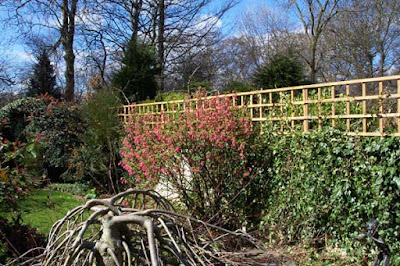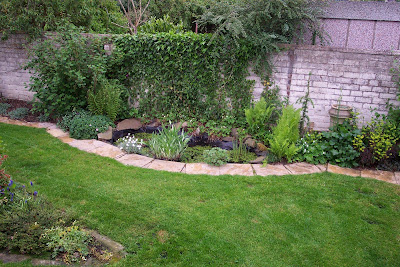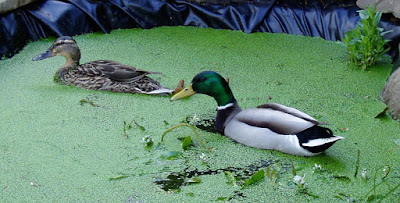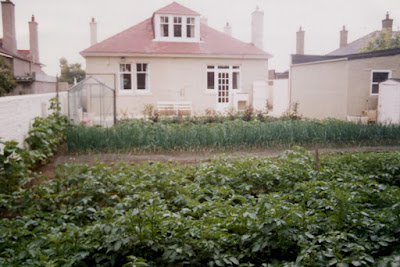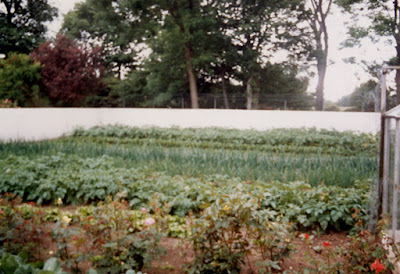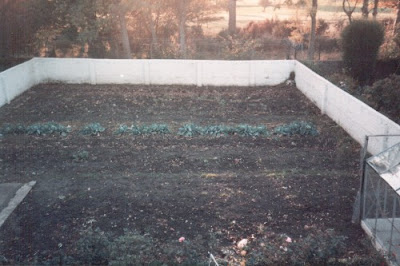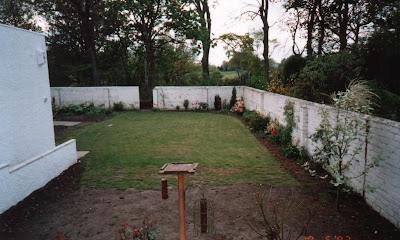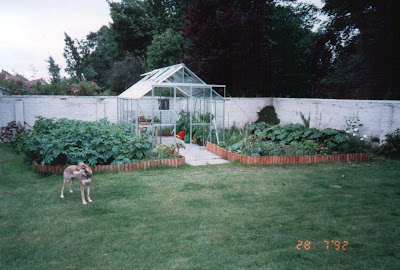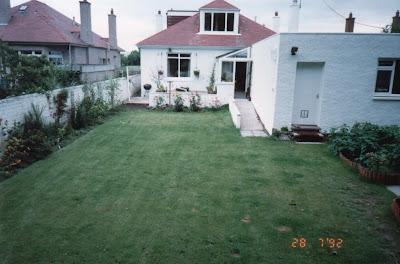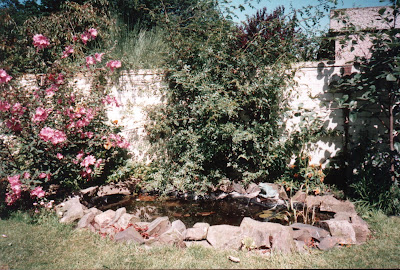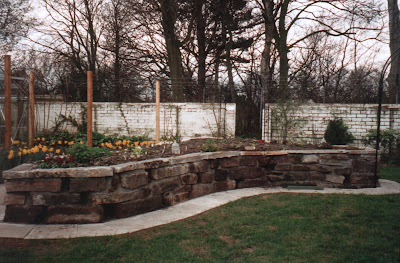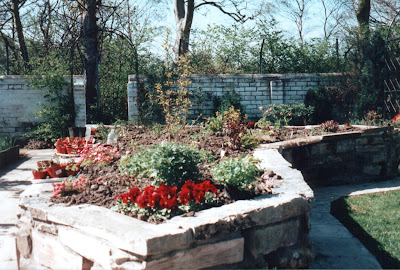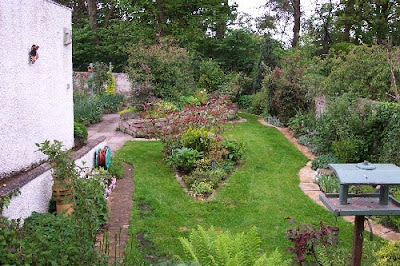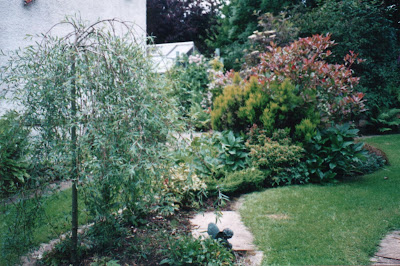for a mini ice age across Europe (Gulf Stream conveyor belt theory) while others predict hotter, drier summers with wetter autumns and severe winters along with flooding from higher sea levels. The earth may also be going through a magnetic flip – where the poles
actually change their magnetism. Only time will tell which, if any, theory will be correct?
species are adapting to these changes while others are struggling. Already a rise in sea temperature has affected the sand eel population in Orkney and Shetland. Sand eels are the main food source for guillemots, puffins and other sea birds so a reduction in sand eels has drastically affected the sea bird population. Similar affects can be seen in our own back yard. Our blue tits are having trouble feeding their young as the caterpillar numbers are peaking too early. The frogs are coming to our pond earlier to spawn, but the hard late
frosts are killing all the frogs spawn. To help our wildlife out a bit we are putting mealworms out for the blue tits. Live ones are best and although I had an interesting few months when I decided to breed some myself; it is a lot easier to just buy them mail order instead. To help out the frogs we keep a bucket of spawn in the cool conservatory
during spring and once they have hatched into tadpoles we can pop them into the pond. We lost a few plants and shrubs in some summers due to the very hot and dry conditions but most of the others have survived well needing only a bit more mulch to keep the moisture in.
the back garden. In just his first week here he found that he could leap effortlessly over the 1.5m walls – hence the addition of trellis above all the boundary walls. He took our neatly coiled hose for a wee jaunt around the raised bed, around a few trees then chewed and reduced its length by a few meters. He runs full pelt up, down, across and through the garden and has already worn a muddy trail under the right hand arch. One fine game is to
find and dig up the peanuts that the squirrels have hidden. He has absolutely no respect for our borders – crashes his way through the tulips and Narcissi and even has a chew at the odd branch while it is still attached to the tree.
One major project in 2006 was stripping out the old pond liner and replacing it. Poor frogs – we made them a makeshift pond; a large flat container with their old pond water, stones and a few plants, then placed it about 2 meters from where we were working and popped our amphibious friends into it. Harry stripped away the old liner then added some new soft sand while I cut back the water lilies, divided the flag irises and threw away any overgrown oxygenating plants. Meanwhile, our home sick frogs who did not appreciate our efforts at a makeshift abode, jumped straight into the sandy layer before their new home was finished. We were astonished to find that only 2 weeks later the new pond liner
had sprung a couple of leeks. ***bleep bleep*** exclaimed Harry. This time they were just patched with pond lining tape. Just when he finished filling it up with the old water and plants a couple of ducks turned up!

